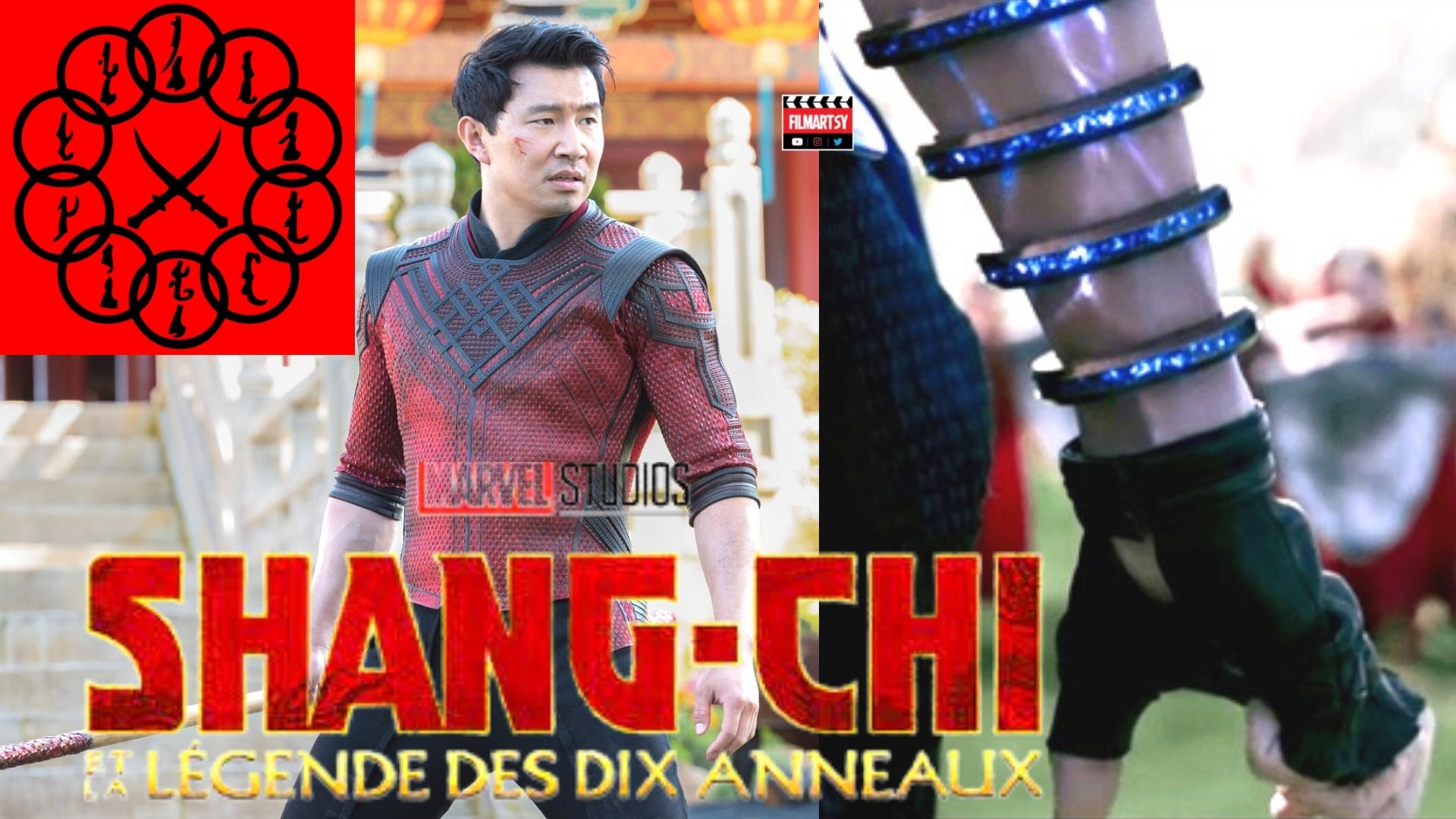Now that Loki and Black Widow are both on the books, Marvel’s next leading man is about to take center stage in Shang-Chi and the Legend of the Ten Rings, which brings the Marvel Universe’s greatest hand-to-hand fighter to the big screen, while also incorporating key aspects of other Marvel Comics lore.
In the film, Shang-Chi, played by Simu Liu, takes on his father, the Mandarin, for power over the legendary Ten Rings. These are terms that are familiar to comic book fans, but in the MCU, they seem to take on a bit of a different life of their own, feeding into a new mythos built around Shang-Chi himself.
With magic, martial arts action, and even dragons in the mix, there’s a lot of mysticism and mystery in the apparent plot of Shang-Chi and the Legend of the Ten Rings, so we’re digging into the comic book history of the character and the concept to unpack the ways they could impact the MCU.
Shang-Chi made his debut in 1973’s Special Marvel Edition #15. Created by Steve Englehart and Jim Starlin (who created Thanos, btw), Shang-Chi was inspired by the Chinese-American character Kwai Chang Caine from the TV show Kung Fu – which Marvel previously sought to license. Originally envisioned as the heroic son of now-archaic pulp villain Fu-Manchu (who was licensed by Marvel Comics at the time), this original incarnation of Shang-Chi was an unparalleled hand-to-hand fighter who fought his father’s global criminal machinations as part of Britain espionage agency MI-6.
Shang-Chi quickly achieved popularity in the comic book Bronze Age (roughly 1970-1984), and after his initial appearance, Special Marvel Edition was retitled The Hands of Shang-Chi, Master of Kung Fu and Shang-Chi was also given a regular feature in Marvel’s black-and-white anthology series The Deadly Hands of Kung Fu. And, he regularly crossed paths with other contemporary Marvel street-level favorites like Iron Fist and the Daughters of the Dragon.
But in the ’80s, the Kung Fu craze died down, and with it, Shang-Chi’s popularity – eventually relegating the character to occasional guest appearances and a few references here and there.
Meanwhile, Fu-Manchu – originally created by author Sax Rohmer as the villain of a series of pulp novels and, sadly, less of an actual character than a handful of racist east Asian stereotypes through an early 20th-century lens – stopped appearing in the Marvel Universe when the publisher dropped the character’s license, making it difficult if not impossible to reprint the bulk of Shang-Chi’s classic stories.
